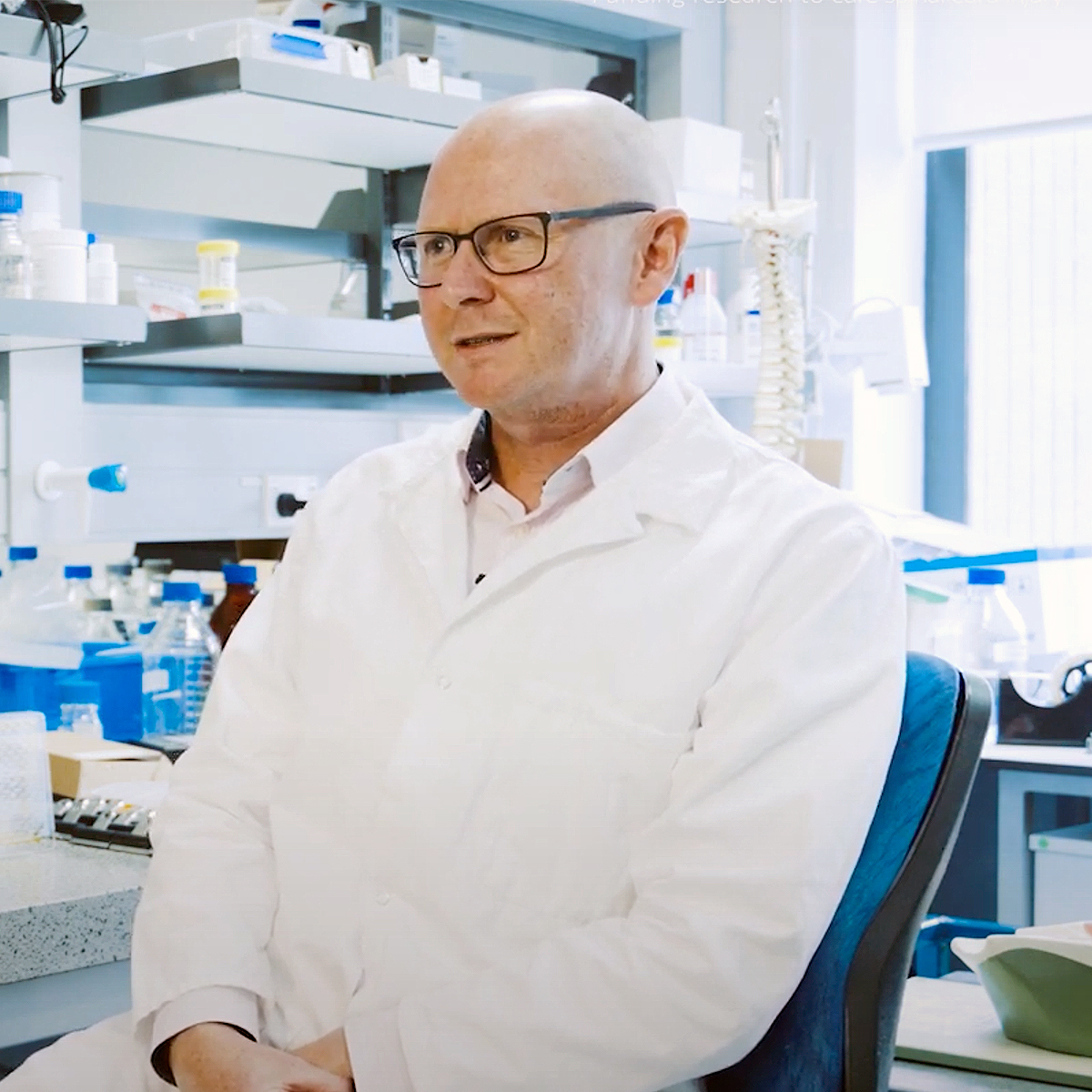Growing the team
The Spinal Cord Injury Research Facility
Fundamental & preclinical research
This facility looks for innovative research projects that have the potential to revolutionise treatment. Through this investment, CatWalk supports pioneering research that might otherwise have remained unfunded.
- State-of-the-art infrastructure: advanced tools and technologies essential for cutting-edge SCI research.
- Integrated Research: facilitating the translation of laboratory findings into clinical applications. To bridge the gap between research and care.
- Collaborative environment: creating a hub for scientists and clinicians to work together. SCIRF nurtures collaboration, enhancing the quality and impact of research.
CatWalk’s pioneering support fuels breakthroughs in spinal cord injury research.
Since its inception in 2011, the SCIRF has served as a hub of progress, fostering innovation and nurturing the next generation of researchers dedicated to spinal cord injury. Its existence has been pivotal in growing the capacity of world leading spinal cord injury research generally and helping cement New Zealand’s place in the endeavour.
Under the expert leadership of Dr. Simon O’Carroll, the SCIRF has focused on innovative research strategies, such as the combination approach, which targets multiple aspects of spinal cord injury simultaneously. This method shows great promise in addressing the complex nature of spinal cord injury by reducing inflammation, minimising scarring, and promoting nerve cell regeneration.
The financial support from CatWalk, amounting to a remarkable 1.95 million over 13 years, has been pivotal. This funding has not only provided technical support and access to crucial research facilities but also enabled the recruitment and training of postgraduate students who bring fresh perspectives and energy to the field. The SCIRF’s commitment to developing young spinal cord injury scientists is evident in the growing team and the impressive projects they are undertaking.
One of the most exciting advancements at SCIRF involves the use of a clinically approved drug that stops swelling, protects essential support cells, and mitigates harmful immune responses after spinal cord injury. This drug has shown promise in clinical models, improving limb function and reducing inflammation, making it a potential game-changer in spinal cord injury treatment.
Another groundbreaking project focuses on gene therapy to promote the regrowth of oligodendrocytes—cells critical for neuron function. This therapy aims to overcome the scar tissue that hinders recovery after injury. By targeting oligodendrocytes specifically, SCIRF researchers are paving the way for more effective and long-lasting treatments.
The facility’s recent achievements include significant contributions from postgraduate students and researchers. Kevin Roy, who completed his Honours degree with notable findings on the clinically used drug, has demonstrated the drug’s potential to improve recovery and reduce inflammation. Dr. Amitai Zuckerman, a postdoctoral researcher, is exploring the kappa opioid receptor’s potential in treating spinal cord injury, with promising initial results. Calvin Young is developing a scar-busting enzyme through gene therapy, showing potential for significant improvements in spinal cord injury recovery.
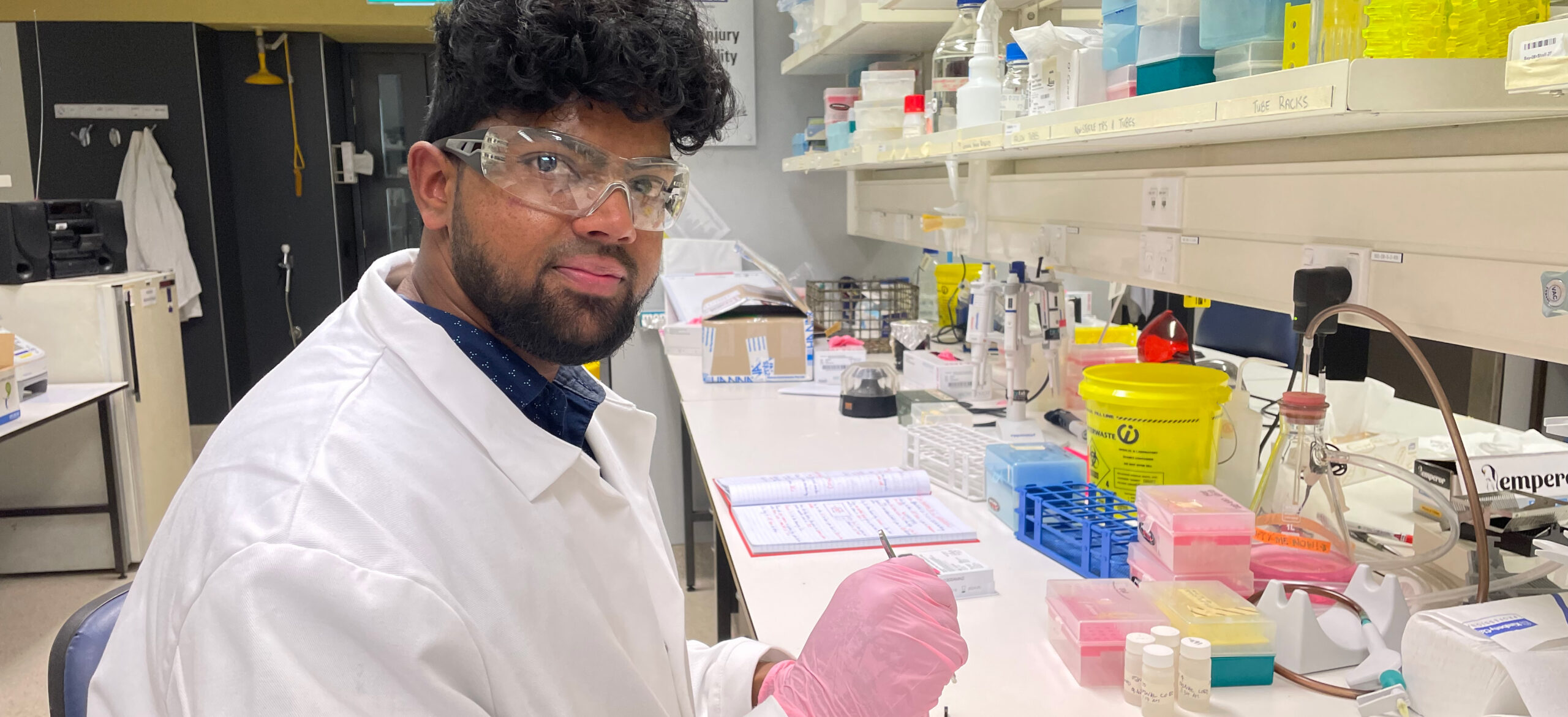
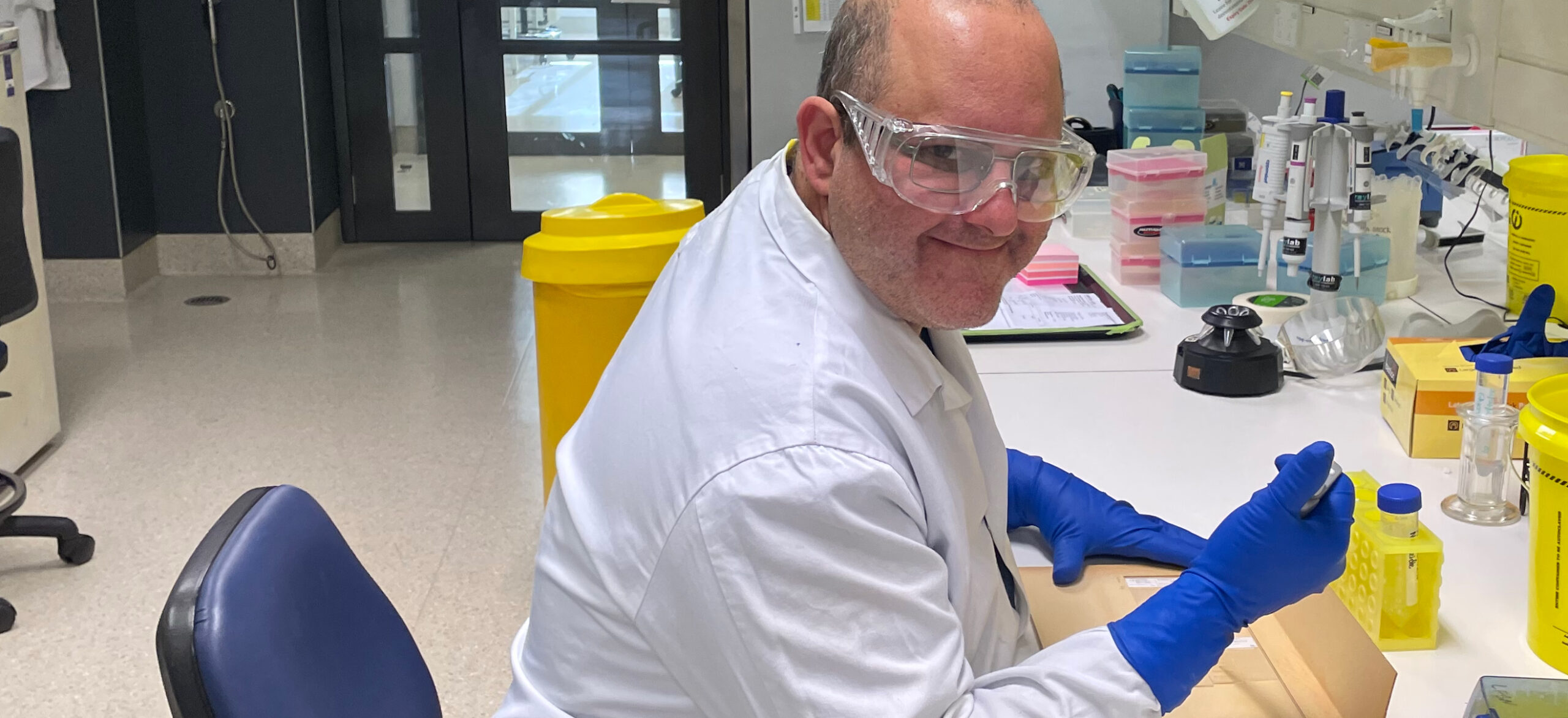
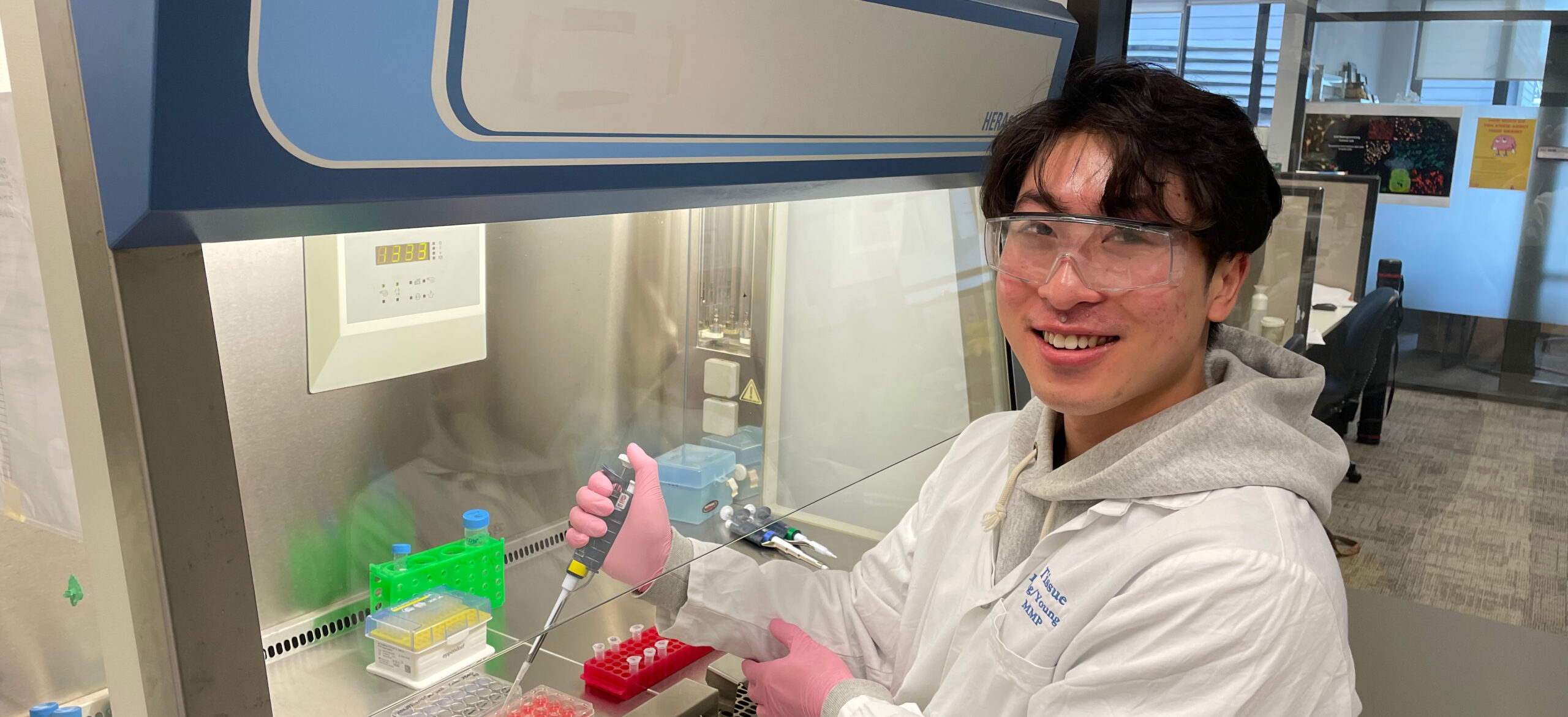
The addition of new postgraduate students—Nathaniel Singleton, Kaya Girdlestone, and Claudia Snow—further strengthens the SCIRF team. Their projects aim to deepen our understanding of spinal cord injury and develop new therapeutic strategies. Nathaniel is investigating the role of the Bach2 gene in injury processes, Kaya is testing protective drugs on astrocytes, and Claudia is building on Calvin’s work to refine gene therapy targeting different cell types.
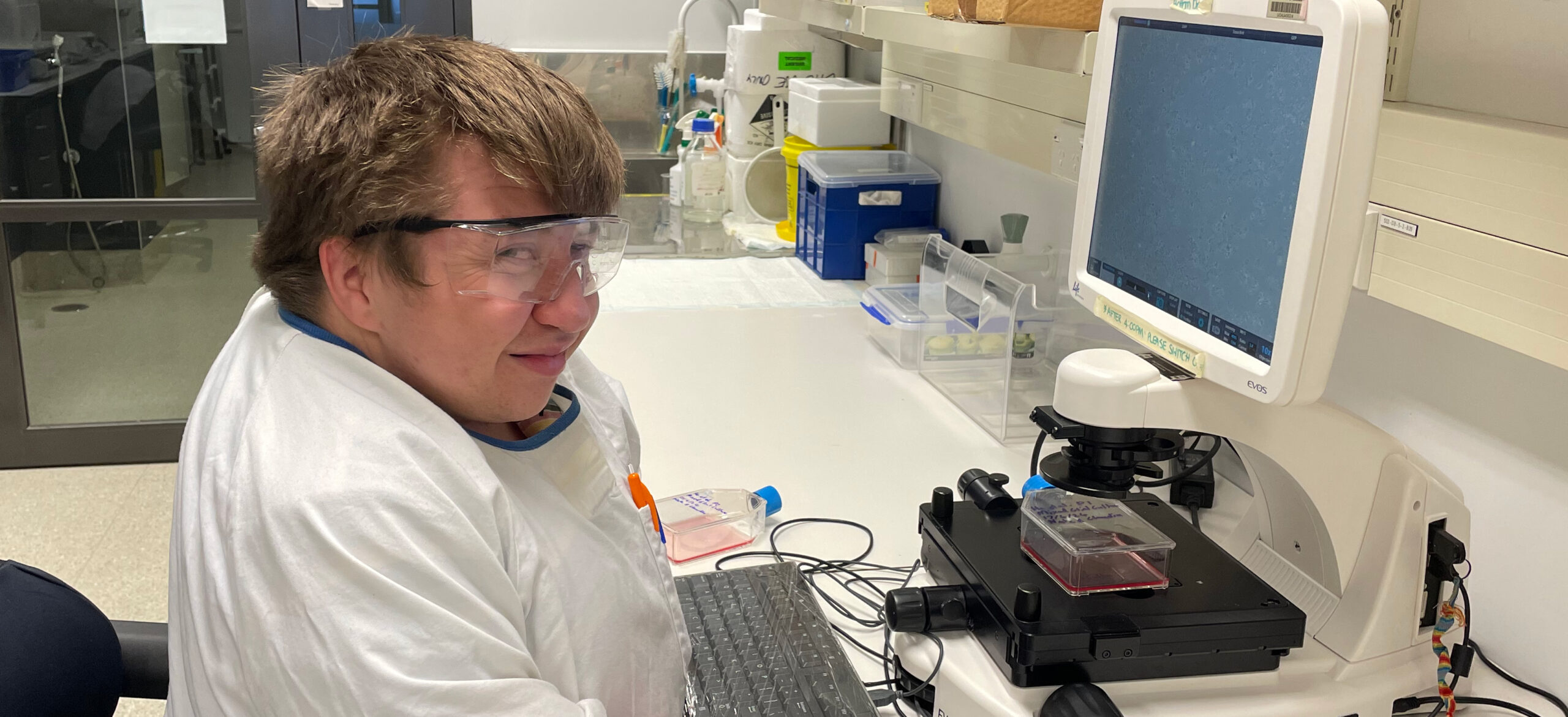
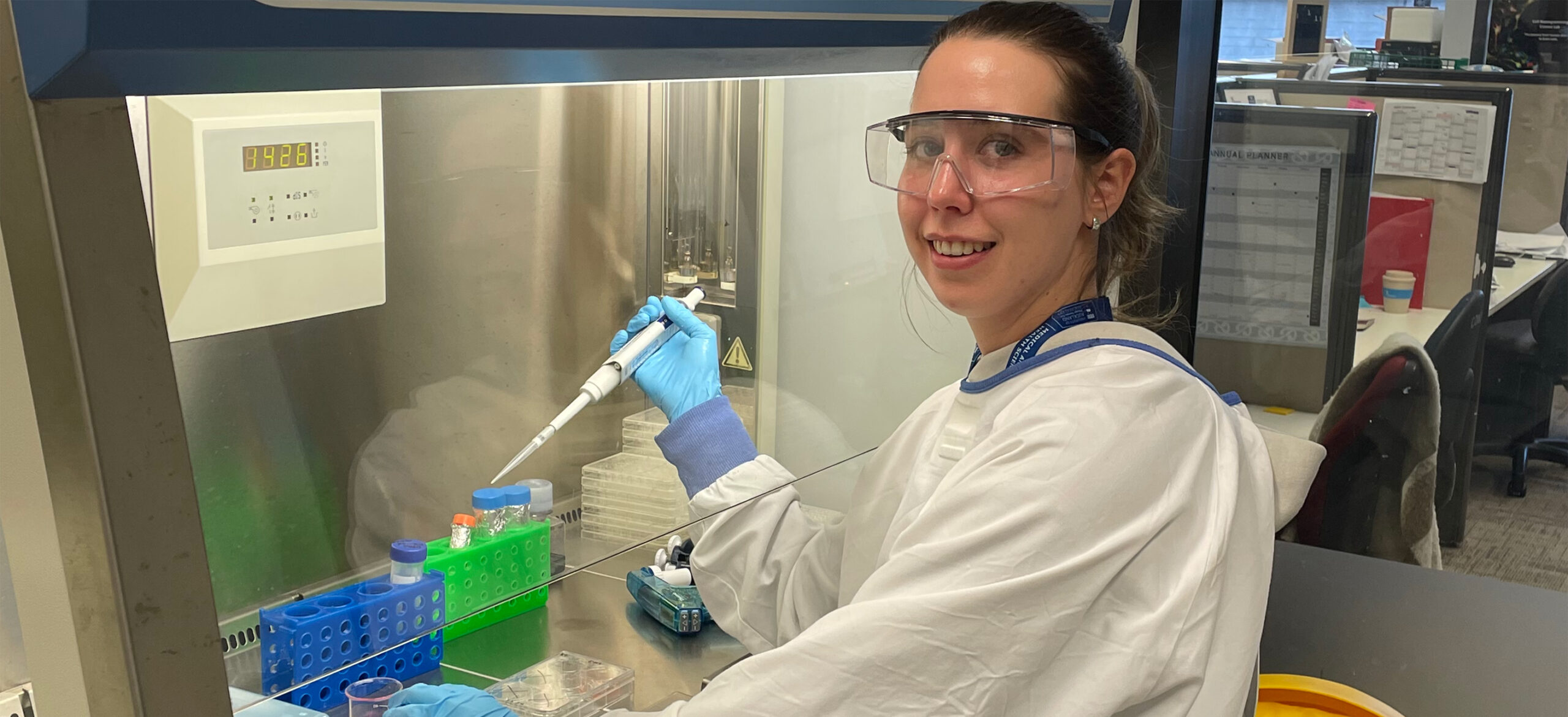
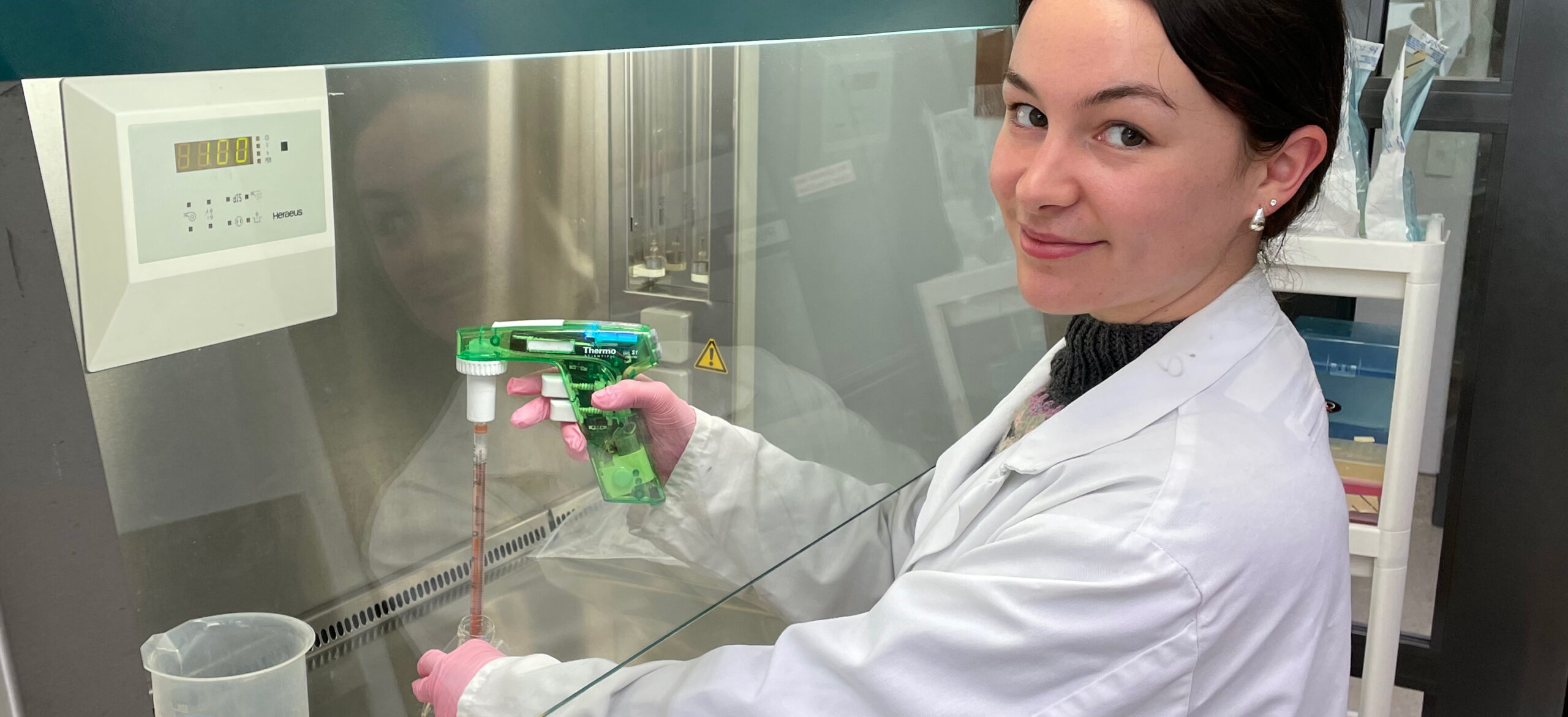
The SCIRF’s impact extends beyond individual projects. It fosters collaboration, supports emerging spinal cord scientists, and contributes to the broader spinal cord injury scientific community. The facility’s partnership with the Auckland Spinal Rehabilitation Unit to understand outcomes for older spinal cord injury patients is one example of its commitment to addressing diverse aspects of spinal cord injury.
The long-term funding commitment from CatWalk has been instrumental in driving significant progress at the SCIRF. The facility’s achievements in developing potential treatments, nurturing young researchers, and fostering collaboration underscore the transformative impact of sustained support.
The work being done is not only advancing spinal cord scientific knowledge but also bringing us closer to effective treatments that can change the lives of those affected by spinal cord injuries.

